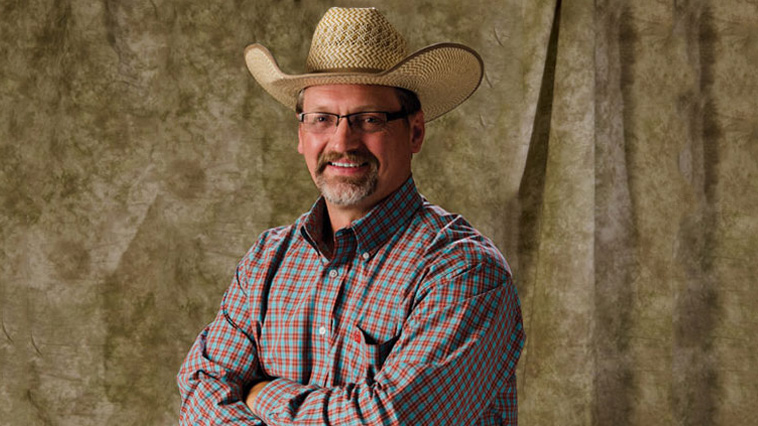


By Billy Smith
I could spot Tom’s shadow through the cracks in the graying pine-board siding that made up his house—that’s how I knew he was home. Over a few generations, our people had dragged themselves out of poverty, but Tom was still pulling. When you can tell if someone’s home by looking through the cracks in the walls, they’re still pulling.
As a boy, spotting Tom’s shadow meant permission to knock on the creaky, rusty screen door and wait for a visit. When I couldn’t see him through the cracks, he was day-laboring for whomever needed a load of hay stacked or tractor repaired. Sometimes that was for my grandfather or someone else familiar with Tom’s reputation as an honest hand.
In his long-sinewy hands, he could transform a hammer, anvil and horse shoe into his own special musical instrument and turn the work area outside his house into his own ochre-colored bandstand.
It was at the tottering shack that he had introduced me to Howlin’ Wolf as if they were long friends. I was too young to remember the brouhaha of Howlin’ Wolf’s appearance with The Rolling Stones, but if Tom thought Howlin’ Wolf was a big deal, then he was a big deal indeed. I scratched my head a lot trying to understand how Tom could know someone so famous and still have holes in his walls.
Tom let on that the cracks in the walls had something in common with Uncle Jim Crow, who seemed like an important but cranky man whom I’d never meet even though I was far more familiar with him than an early age permitted me to fully appreciate. Case in point: I was afraid to ask the meaning of the faded block letters that spelled “Whites Only.” Figured it was something I should already know. I had seen its ghostly image on the derelict City Club stucco walls, an old private watering hole that had closed long before I took a breath. The sun had almost completed its mission to scrub the racial exclusivity that this building once nurtured; it was doing a fine, but slow job of it. These were the first words I remember reading without help and outside of school. Even at 8, I was fearful of showing my ignorance, so I just wallowed in it for a few more years until I was finally confronted with the notion that Uncle Crow and I were closer than I had envisaged.
We shook hands again during a stop at the small cut-stone public library building that was situated on the town square near where I was raised. I wandered off and found myself around back, where I slipped into the “Coloreds Only” restroom, just a line of toilets without the luxury of modesty panels. I stood at the entrance and gawked until I heard my mother’s familiar tone-deaf soprano yelp summoning me back to the building’s front. I was afraid to ask what “coloreds” meant, figuring again that it was something I should already know.
Tom was all too familiar with Uncle Crow, who had limited his education. Yet Tom taught me plenty about things and all at the rhythm of work set at the tempo of the gravelly blues. While he played havoc with the hammer and anvil, I learned the lyrics of Muddy Waters, Robert Johnson and the Wolf. I learned why a rooster was critical to tranquil farm life and that the luckiest thing a man could own was a Mercury dime with a leap-year date.
Tom’s dusty and leaning “hand house” was the studio where I learned that blues could cleanse a soul or at least salve over the hurts that sometimes accompany being born. It was also where the rat-a-tat-tat of blacksmith’s work tapped out a rhythm in the surrounding peace and why a farrier’s work still stops me for a moment and carries me to places long since passed. There is beauty and rhythm in the crush of a hammer against a red-hot horseshoe. The anvil was an exotic drum, and the exploding sparks were the notes splattering onto the page that emboldened Tom’s singing. Even today, I habitually tap out a blues lick in the soft, slow cadence of the farrier’s work. It’s the honest rhythm of life that bids farewell to Uncle Crow and makes men equal.
SHARE THIS